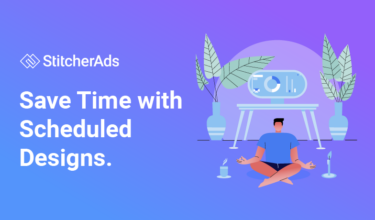A lot has changed since Apple and Facebook have implemented privacy changes in the last few months. The team at StitcherAds wants to be able to help our clients continue to reach their goals through personalization and targeting. In this blog, we’ll outline what has happened so far, and how you can get the best performance in light of the recent changes.
The Impact on Advertisers
Apple will begin to require that ALL apps in the App Store show a prompt to users, once on first open, in accordance with their App Tracking Transparency framework. Previously, Apple allowed passback of IDFA to Facebook for all users, unless they explicitly opted out through profile settings.
Apple’s policy will prohibit certain data collection and sharing unless people opt into tracking on iOS 14 devices via the prompt. As more people, opt-out of tracking on iOS 14 devices, ads personalization, and performance reporting will be limited for both app and web conversion events.
Apple is developing a tracking workflow called Private Click Measurement (PCM) designed to support Safari-to-Safari only
- PCM establishes three data requirements for more privacy-safe measurement (that Facebook will still need to comply with):
- Restricted: No access to certain types of data
- Aggregated: In some instances, measurement at the ad level, instead of the user level
- Delayed: Randomized return of event reporting to reduce connectivity to individual events tracked by the advertiser
Due to significant gaps in PCM, Facebook has elected to build its own tool, AEM, to provide additional functionality to advertisers while still following Apple’s guidelines. While AEM will not be a full replacement for the measurement Facebook has been able to provide it will provide a significant impact to Brand with App to Web Attribution.
Tools & Infrastructure
Facebook will begin to remove the 72-hour ad-set pause caused by changing your 8-event prioritization. Facebook will also allow optimization beyond 8 events, though non-prioritized events will be limited to Android and iOS14.5+ opt-in users.
Common Scenarios that previously triggered a 72-hour pause:
- Changing the priority of an existing AEM event will pause ad sets optimizing for the changed event and all lower priority events.
- Replacing a single AEM event with a new event will also pause ad sets optimizing for the changed event along with all lower priority events from the one that is changed/replaced.
- Deleting an event, which causing all lower events to move up in priority, will also pause ad sets optimizing to those events
- Revenue will be grouped into buckets for ATT opt-out reporting
Optimization & Targeting
Reduced data and increased drop-offs will reduce the remarketing scale and affect the accuracy/leakage from audience lists. These changes could also lead to algorithmic bid inefficiency as a result of diminished signal such as changes to value-based optimization
Our Recommendations
It’s important that you have a plan in place to combat policy changes. Our team is in close contact with our counterparts at Facebook, Instagram, Snapchat, TikTok, and Pinterest, so we’ll be updating our clients regularly on what to expect and which tactics are best for reaching optimal performance.
Measurement
Leverage the Insights API to view historical performance in Time of Impression. Additionally, we encourage our clients to utilize StitcherAds’ Third Party Stats capability to integrate Google Analytics or Adobe Omniture into your dashboard for real-time reporting. You may want to use custom metrics to calculate a “Delayed Attribution Multiplier” (DAM) to use as factor-up for directional attribution.
Since Facebook will no longer be able to support a 28-day click, 28-day view, and 7-day view-through attribution windows, we have several solutions for our clients:
- StitcherAds reporting dashboard allows advertisers to see the historical performance in an attribution window no longer available on Facebook Ads Manager.
- We have not seen any impact on attribution for in-store sales revenue reporting through the offline conversions API (oCAPI). So, we are encouraging our retail clients to utilize oCAPI for insight into offline conversions.
- StitcherAds is seeing an increase in “Third Party Stats” integration which allows advertisers to view the performance from Adobe / Google in the reporting dashboard.
- We have also seen an increase in “Custom Metrics” usage as advertisers lean on their MTA models to create custom attribution model reporting.
Delivery & Targeting:
Reduced data from prompt opt-outs will reduce the size of your Website Custom Audiences, which could impact the size of your website’s retargeting audiences & affect the accuracy of your exclusions. To counter this, we suggest you increase the use of your CRM Lists / CDP Audiences to maintain audience addressability and/or exclude all known customers in prospecting campaigns. If CRM Lists / CDP Audiences are not an option, consider in-platform signal audiences such as Video Viewers, Ad Engagers, Post Engagers, etc.
Audiences and Signals
When it comes to your Audiences, you may see a drop-off. It’s very important that you measure and record the size of audiences prior to ATT requirement. If audience size drops greater than 30%, consider combining audiences (ATC + VP or 0-7 and 8-14). If audience size drops greater than 50% consider leveraging a Customer Data Platform (CDP). Additionally, consider leveraging in-platform custom audiences to maintain signal strength. One of the solutions we are looking into is that Dynamic Audiences (through StitcherAds) may fill the cross-device gap for users who opt-out on an iOS device but browse on desktop
Bottom Line: It’s Essential That you Work with StitcherAds to Combat Performance Falloff
Your account management team is monitoring performance closely and is working closely with our Media Strategy team to prepare contingency plans and maintain audience liquidity. While performance, frequency, and other signals are showing steadiness through diminishing audience sizes, we expect to be affected by these changes. One of the biggest shifts we are recommending for clients is to utilize DABA (Dynamic Ads Broad Audience) prospecting. You should be able to still target Facebook opt-outs using DABA. Additionally, retargeting campaigns can fall back on in-platform signals which are not affected by iOS14.5+ IDFA opt-outs.
Are you looking to maintain or even grow your performance during this tumultuous time? We are offering a free 1:1 performance consultation with our Director Media Strategy, Bryan Cano. Book your spot here.



